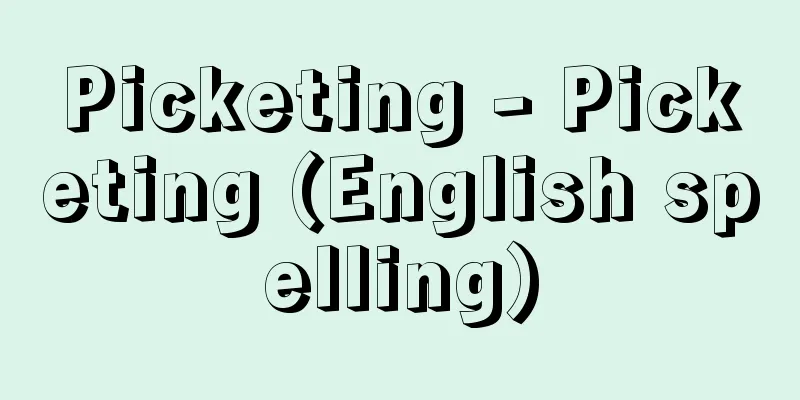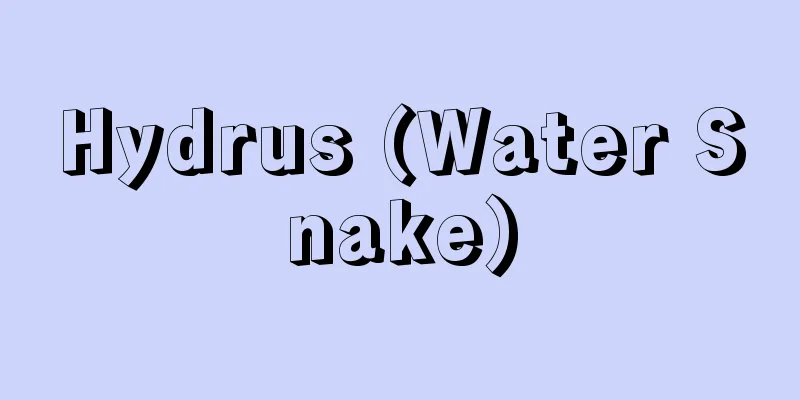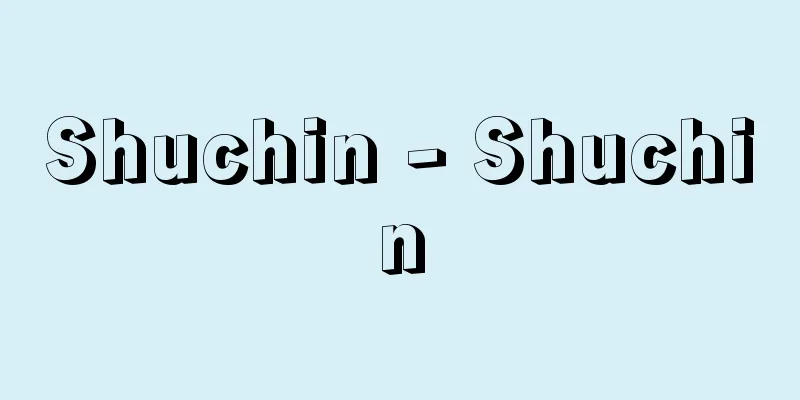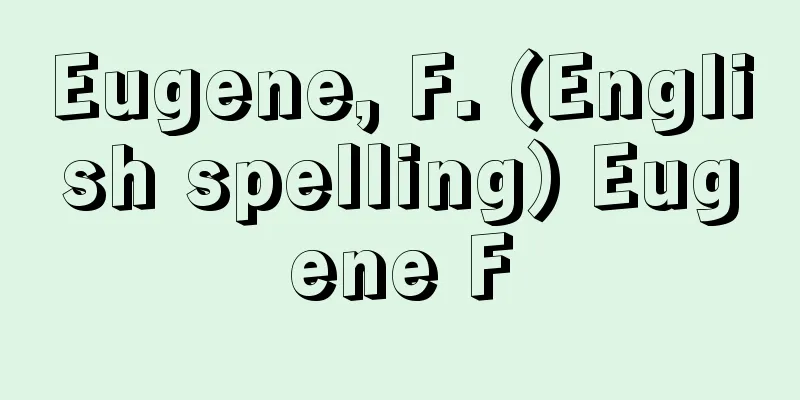Picketing - Picketing (English spelling)

|
During a labor dispute, a scrum or sit-in is held at the entrance to a factory to defend the strike from strikebreakers or to call on the general public to boycott. This action is also called a picket. The location where picketers are stationed is called a picket line. The etymology of the word is said to come from the practice of surrounding a property with a picket fence. Pickets are a supplementary and essential means to ensure the effectiveness of a strike. However, while a strike is a passive act of simply withholding labor, pickets are active actions such as preventing strikebreakers or those who have dropped out of the dispute from working, and preventing the delivery of raw materials and the shipment of products, so the question is to what extent they can be considered a legitimate exercise of the right to strike. On this point, there is a theory that only peaceful persuasion of those who want to work on the picket line is permitted, and that physical obstruction by barricades or scrums is not legitimate. However, because the picket line is the scene of the sharpest conflict between labor and management, it is a mistake to judge only one side's actions in isolation, and the strike should be judged comprehensively taking into account the overall progress of the strike, the attitude of the employer, etc. From this standpoint, the majority opinion is that picketing that involves a certain degree of physical force is also legitimate. In addition, picketing may also occur when ordinary citizens occupy the entrance to a government office as part of a demonstration, etc.; however, this is a matter of "freedom of expression" (Article 21 of the Constitution) and cannot be considered an industrial action. [Mikio Yoshida] [Reference] |Source: Shogakukan Encyclopedia Nipponica About Encyclopedia Nipponica Information | Legend |
|
労働争議に際し、工場の入口でスクラムや座り込みをして、ストライキをスト破りなどから防衛したり、一般市民にボイコットを呼びかける行動のことで、ピケともいう。ピケ参加労働者の配置される場所をピケ・ラインpicket lineという。語源的には、所有地の周囲に杭(くい)垣picket fenceを巡らすことに由来するといわれる。ピケはストライキの実効性を確保するための補助的かつ不可欠の手段である。しかし、ストライキが単なる労務の不提供という消極的行為であるのに対して、ピケはスト破りや争議から脱落した者の就労を阻止したり、原材料の搬入や製品の出荷を阻止するなどの積極的行為であるため、どこまでが争議権の正当な行使といえるかが問題となる。この点について、ピケ・ラインでの就労希望者などに対する平和的な説得が許されるにすぎず、バリケードやスクラムなどによる物理的阻止の正当性を否定する説もある。しかし、ピケ・ラインは労使がもっとも鋭く対立する場面であるから、一方の行為だけを切り離して判断することは誤りであり、当該ストライキ全体の経過や使用者の態度などの事情を総合して判断されるべきである。このような立場から、一定の実力行使を伴うピケも正当とするのが多数説である。 なお、一般市民が示威行動(デモなど)の一環として官公庁の入口を占拠する場合などもピケということがあるが、これは「表現の自由」(憲法21条)の問題であって、争議行為とはいえない。 [吉田美喜夫] [参照項目] |出典 小学館 日本大百科全書(ニッポニカ)日本大百科全書(ニッポニカ)について 情報 | 凡例 |
<<: Long-bearded moth - Long-bearded moth
Recommend
Yoshitora Kawai
Year of death: September 4, 1923 Year of birth: Ju...
Westphalia - Westphalia (English spelling)
The English name of a region in northwestern Nort...
Cowherd - Cowherd
…This family is a relatively well-organized group...
Indirect execution
...The obligation to cooperate with registration ...
Cyclostomium - Cyclostomium
A classification name used for extant species in ...
Fumaric acid - Fumarusan (English spelling)
An unsaturated dicarboxylic acid. It is a geometr...
Psillacula alexandri (English spelling) Psillaculaalexandri
…Parakeet [Takashi Saito]. . . *Some of the termi...
"Otsue Sugata Hana" - Otsue Sugata Hana
…In many cases, the figures and animals in the pa...
Chéreau, Patrice
Born: November 2, 1944, Regnier [Died] October 7, ...
《My Way》(English spelling) MyWay
...He founded Reprise Records in 1961, and was cl...
Araecerus fasciculatus (English spelling) Araecerusfasciculatus
…The larvae are similar in appearance to those of...
Wood fragrance - Mokkou
Herbal medicine Use for Herbal medicine One of th...
Akashi Island Storehouse - Akashi Island Storehouse
…It first premiered at the Shintomiza Theatre in ...
Five Books of Moses
A general name for the first five books of the Ol...
External Perception
...And this is also the basis for ontological dua...









